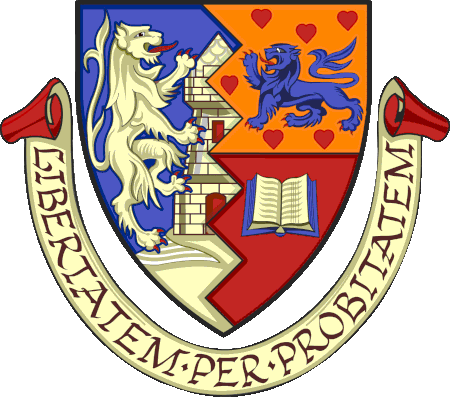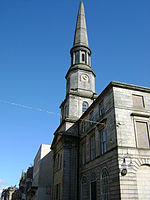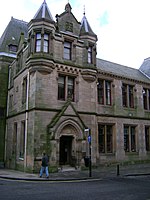Queen Anne High School, Dunfermline
Buildings and structures in DunfermlineSecondary schools in Fife

Queen Anne High School is a large secondary school in the city of Dunfermline in Fife. It is named for Anne of Denmark, the queen of James VI, whose former home was the school's original location.In the 1930s it moved to the former Dunfermline High School building that lay to the north of Priory Lane. In the 1950s it moved again to a new campus at Broomhead, just to the south of its current location. In August 2003 it moved yet again 200 yards to the north, next to and encroaching upon the village of Wellwood.In July 2014 the school was awarded the TES International Schools Award.
Excerpt from the Wikipedia article Queen Anne High School, Dunfermline (License: CC BY-SA 3.0, Authors, Images).Queen Anne High School, Dunfermline
Broomhead Park, Dunfermline Pittencrieff
Geographical coordinates (GPS) Address Phone number Website External links Nearby Places Show on map
Geographical coordinates (GPS)
| Latitude | Longitude |
|---|---|
| N 56.0813 ° | E -3.464 ° |
Address
Queen Anne High School
Broomhead Park
KY12 0PQ Dunfermline, Pittencrieff
Scotland, United Kingdom
Open on Google Maps









